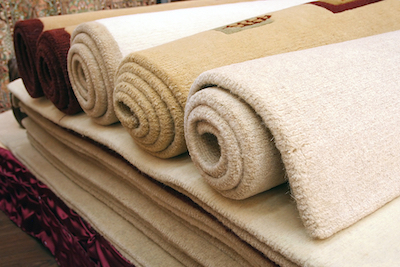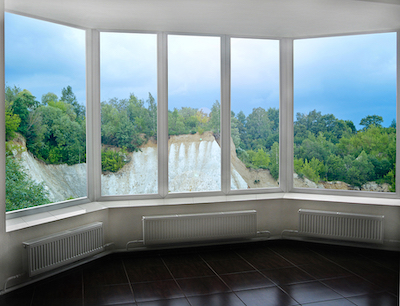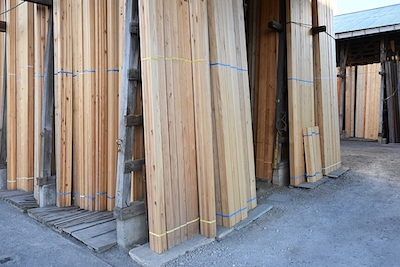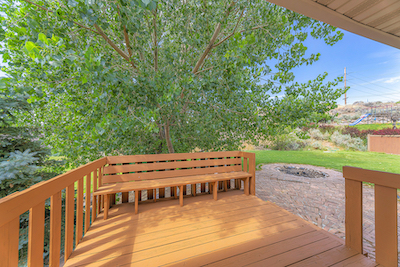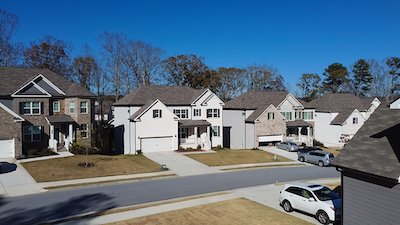When it comes to choosing a carpet for your home or office, the options can seem overwhelming. One choice you’ll need to make is whether to go for a Berber carpet or a regular carpet. While both types of carpet have their benefits, they differ in terms of their construction, durability, and appearance. In this article, we’ll explore the differences between Berber carpet and regular carpet, to help you make an informed decision.
Construction
Berber carpets are named after the Berber people of North Africa, who traditionally wove carpets with a loop pile. Berber carpets have a similar loop pile construction, which means that the fibers are looped and tufted rather than cut. The loops can vary in size, but they’re usually quite small and tightly packed. This gives Berber carpets a distinctive, textured appearance.
Regular carpets, on the other hand, are made using a cut pile construction. The fibers are cut at the top to create a fluffy, plush surface. Cut pile carpets can be made from a variety of fibers, including wool, nylon, and polyester. They can also be further categorized based on their density, twist, and face weight.
Durability
When it comes to durability, Berber carpets have a reputation for being tough and long-lasting. The looped fibers of Berber carpets are tightly packed, which makes them resistant to wear and tear. They’re also less likely to show footprints or vacuum marks, which is a plus if you’re looking for a low-maintenance carpet. However, if a loop does get snagged or pulled, it can unravel the entire row of loops, leading to a visible line or run in the carpet. Berber carpets can also be prone to crushing, which means that the loops can become flattened over time.
Regular carpets can be durable too, but it depends on the specific construction and fiber. Cut pile carpets with a high density, twist, and face weight can be quite resilient, especially if they’re made from a synthetic fiber like nylon. However, they’re also more likely to show footprints, vacuum marks, and other signs of wear and tear. Cut pile carpets can also be prone to shedding, which means that loose fibers can come off and create fuzz on the surface of the carpet.
Appearance
Berber carpets have a unique, textured appearance that sets them apart from regular carpets. The looped fibers can create a variegated, flecked look that can be quite striking. Berber carpets are also available in a range of colors, from neutrals like beige and gray to bold hues like red and blue. However, because of the looped construction, Berber carpets can be difficult to clean thoroughly. Dirt and debris can get trapped in the loops, making it harder to vacuum or spot-clean.
Regular carpets can have a more traditional, plush appearance that many people find appealing. Cut pile carpets can also come in a wide range of colors and styles, from solid neutrals to bold patterns. Because of the cut fibers, regular carpets can be easier to clean than Berber carpets. Dirt and debris are less likely to get trapped in the fibers, and spills can be blotted up more easily. However, regular carpets are also more likely to show wear and tear over time.
Which is right for you?
So, which type of carpet is right for you? It depends on your specific needs and preferences. Here are a few factors to consider:
- Foot traffic: If you’re looking for a carpet that can withstand heavy foot traffic, Berber carpet is a good choice. The looped fibers are tough and resistant to wear and tear.
- Appearance: If you’re looking for a carpet with a unique, textured appearance, Berber carpet might be the way to go. However, if you prefer a more traditional, plush look, regular carpet may be a better fit for you.
- Maintenance: If you want a low-maintenance carpet that’s easy to clean, regular carpet may be the better option. The cut fibers are less likely to trap dirt and debris, and spills can be cleaned up more easily. However, if you don’t mind putting in a little extra effort to keep your carpet looking its best, Berber carpet can be a good choice too.
- Allergies: If you or anyone in your household suffers from allergies, you’ll want to choose a carpet that’s hypoallergenic and easy to clean. Berber carpets may be a better choice in this case, as the looped fibers are less likely to trap allergens like dust and pet dander.
- Budget: Finally, your budget will play a role in your carpet selection. Berber carpets can be more expensive than regular carpets, especially if they’re made from natural fibers like wool. However, there are also budget-friendly options available in both Berber and regular carpet.
In conclusion, Berber carpet and regular carpet both have their pros and cons. Berber carpets are durable, unique in appearance, and can be a good choice for heavy foot traffic areas. However, they can be more difficult to clean and maintain than regular carpets. Regular carpets have a more traditional look, are easier to clean, and come in a wide range of styles and colors. Ultimately, the best choice for you will depend on your specific needs and preferences. Consider the factors listed above, and take your time to choose the carpet that’s right for your home or office.










